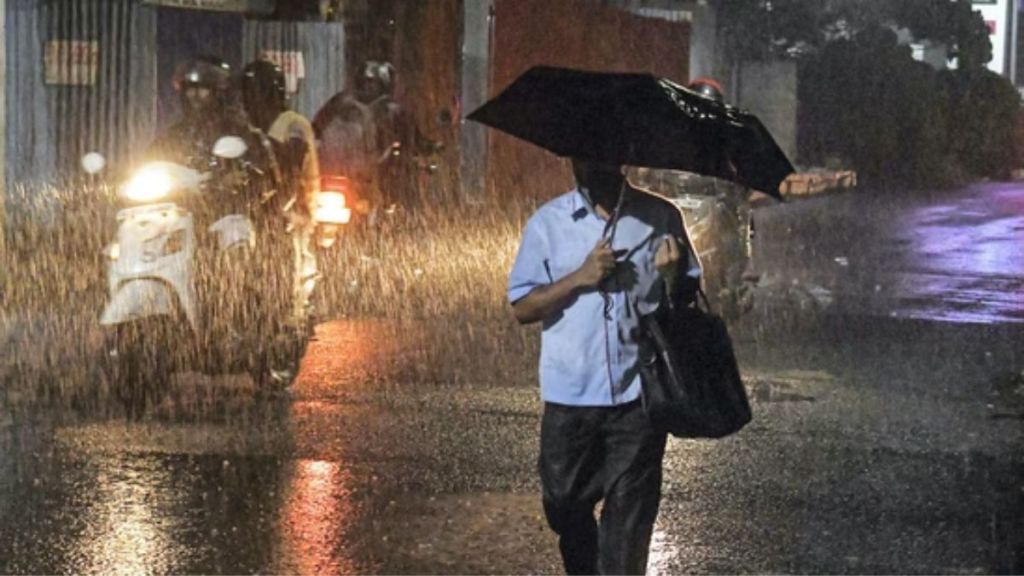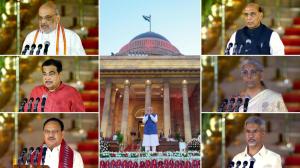India is poised to receive above-average rainfall in July following a dry spell in June, the India Meteorological Department (IMD) announced on Monday. According to Mrutyunjay Mohapatra, the IMD’s director-general, all regions except the northeastern states are expected to receive more than 106% of the 50-year average rainfall this month.
During a virtual news conference, Mohapatra highlighted the significant improvement anticipated in July’s monsoon, with an 80% probability of normal to above-normal rainfall. This development is particularly welcome after June recorded a 11% deficit in precipitation, marking the driest June in five years.
The monsoon season, critical for India’s agriculture and water supply, got off to an early start in Kerala and the northeast on May 30. However, its progress was hindered as it moved inland, leading to prolonged heat waves and dry conditions across various states, including West Bengal, Odisha, Jharkhand, Bihar, Chhattisgarh, Madhya Pradesh, and Uttar Pradesh.
“The country experienced 16 days of below-normal rainfall from June 11 to June 27, resulting in overall below-normal precipitation,” Mohapatra explained. The monsoon’s delay exacerbated extreme heat in northwest India, making it the hottest June in the region since 1901.
Looking ahead, the IMD forecasts varying rainfall patterns across the country. While the northeastern states are expected to experience below-normal rainfall, the northwest will likely see normal precipitation. The central and southern peninsular regions are predicted to receive above-normal rainfall, significantly benefiting the core monsoon zone. This area, vital for agriculture, relies on monsoon rains for irrigating 52% of the cultivated land.
The anticipated rainfall in July is expected to provide much-needed relief to farmers and communities suffering from the recent heatwaves. It also holds promise for replenishing water reservoirs and boosting agricultural productivity, essential for the country’s food security and economy.
With inputs from agencies.


















